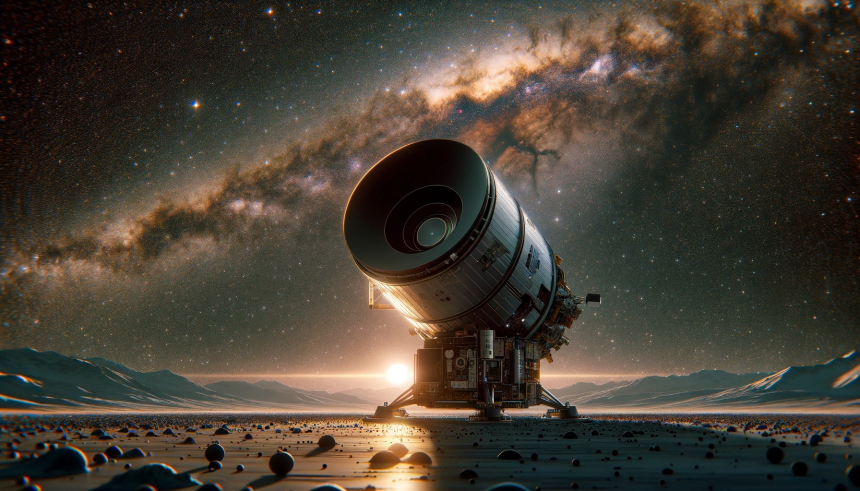Exploring the ocean depths is fraught with obstacles, including extreme pressure, low temperatures, and zero visibility. Traditional power sources have struggled to meet the demands of subsurface sensors and robots, often requiring costly interventions for battery recharges. Seatrec Inc. aims to overcome this hurdle through innovative technology licensed from NASA‘s Jet Propulsion Laboratory (JPL).
Seatrec’s infiniTE float is a subsurface ocean profiling platform that harnesses phase-change materials to generate power. Launched in 2016 by Yi Chao, the float leverages temperature fluctuations in the ocean to produce kinetic energy, which is then converted into electricity. This allows for long-term, autonomous operations in harsh marine environments.
Robots to be powered by their environment
Phase-change materials transition between solid and liquid states at certain temperatures, generating power from the volume change that occurs during this process. The infiniTE float utilizes this principle by employing a paraffin-family material with a melting point around 50ºF. This matches the temperature range found between typical ocean depths and the surface. As the float moves through varying depths, it continually generates power, eliminating the need for manual recharges.
Chao’s team initially tested a prototype at JPL in 2011 and later developed an underwater glider capable of horizontal movement. After securing an exclusive license from the California Institute of Technology, Chao founded Seatrec to bring this technology to market. The company now sells its power module to research labs, universities, government researchers, and the military, anticipating significant market growth.
Seatrec sees a growing market for its technology
Potential customers for Seatrec’s technology range from communications companies laying transoceanic internet cables to environmental conservation groups studying marine habitats. Other target markets include companies drilling for oil and gas, building offshore wind farms, and managing underwater sensors for various offshore operations. Future plans involve commercializing a system for powering underwater gliders and developing a power station utilizing liquid-to-gas phase-change materials for greater energy output.
Seatrec also aims to create a power station on Arctic ice, leveraging temperature differences between the water and air to generate electricity. Supported by a grant from the Navy, this initiative could significantly boost the efficiency and sustainability of underwater robots, reducing the need for costly and environmentally taxing interventions.
Earlier reports highlighted the challenges underwater robotics face, primarily focusing on energy limitations. Seatrec’s approach offers a novel solution to these long-standing issues, particularly in terms of sustainability and cost-efficiency. While previous technologies relied heavily on solar or other renewable energy sources with limited success, Seatrec’s phase-change material technology presents a viable alternative for extended autonomous operations.
Comparing past efforts to current advancements shows a clear progression in addressing underwater energy needs. Where previous solutions fell short, often requiring frequent and expensive recharging, Seatrec’s technology allows for continuous, uninterrupted operations. This represents a significant step forward in the field of underwater robotics, promising more comprehensive and less intrusive ocean exploration.
Seatrec’s infiniTE float exemplifies a promising development in the quest for sustainable ocean exploration. By utilizing phase-change materials to generate power, the company addresses one of the key challenges in underwater robotics: reliable, long-term energy. As Seatrec continues to refine and commercialize its technology, the potential for widespread application in various industries grows. The development of more efficient power stations and advanced underwater gliders could revolutionize how we explore and utilize the ocean’s vast resources. This innovation not only enhances our understanding of marine environments but also offers practical solutions for industries ranging from telecommunications to environmental conservation.










